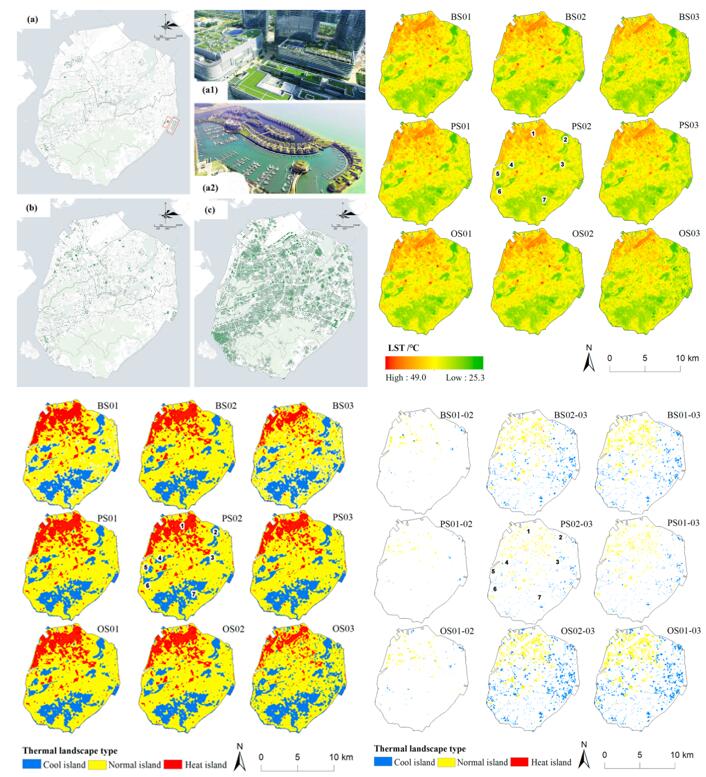| Location: Home > Papers |
| First Author: | LIN Meixia |
| Abstract: |
There is in general good awareness of the potential role of green roofs to regulate urban thermal environments, but a lack of effective spatial modeling of this cooling effect for a given roof greening scheme at the city scale. This study proposes a simplified and feasible approach to simulate the cooling effect provided by green roofs as a mitigation option to combat urban heat island effects in high-density urban areas. In this study, we established a spatial model of the cooling effect of green roofs, which integrated remote sensing methods and a statistical model based on the law of diminishing marginal utility of the cooling efficiency of green roofs (DMUCE) deduced from previous studies. A case study in Xiamen City, China demonstrates the applicability and implications of the model. Our modeling clearly simulated the size and strength of the urban cool island and its variation under different green roof scenarios. We found that green roofs play an important part in moderating the thermal environment in areas where larger green spaces and waterbodies are largely absent. When the proportion of green roofs is implemented at scale, roofs that are only partly green can also create some extra cool islands (not merely normal islands) in high-density urban areas, equivalent to small green spaces and waterbodies. The sensitivity analysis of the cooling effect indicated that the maximum potential benefit of heat island reduction ranged from 4.04 km2 to 9.75 km2 when the coverage of green roofs was extended to the entire Xiamen Island. Besides, our results suggested that all proposed strategies would not remarkably moderate the thermal environment in the north of Xiamen Island, where urban planners should pay more attention in the future.
|
| Contact the author: | LIN Tao;ZUO Jin |
| Page Number: | 128277 |
| Issue: | |
| Subject: | |
| Impact Factor: | |
| Authors units: | |
| PubYear: | September 2021 |
| Volume: | 316 |
| Publication Name: | JOURNAL OF CLEANER PRODUCTION |
| The full text link: | https://doi.org/10.1016/j.jclepro.2021.128277 |
| ISSN: | |
| Appendix: |
